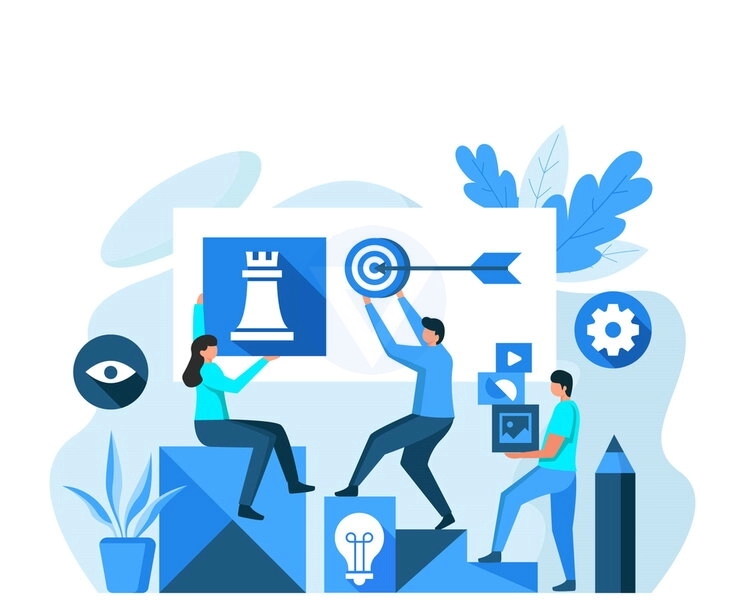
What are the best practices for creating effective marketing campaigns?
Creating effective marketing campaigns requires careful planning, strategic execution, and ongoing optimization. Here are some best practices to consider:
1. Define Clear Objectives: Clearly define your campaign objectives. Whether it's increasing brand awareness, generating leads, driving sales, or promoting a specific product or service, having clear goals helps guide your campaign strategy and evaluation.
2. Know Your Target Audience: Understand your target audience's demographics, behaviors, interests, and pain points. Create buyer personas to develop a deep understanding of their motivations and preferences. Tailor your messaging and campaign elements to resonate with your target audience effectively.
3. Develop a Compelling Value Proposition: Clearly articulate the unique value your product or service offers. Identify the key benefits and differentiators that set you apart from competitors. Craft a compelling value proposition that addresses customer needs and highlights the value they can expect from choosing your brand.
4. Choose the Right Channels: Select the marketing channels that align with your target audience's preferences and behavior. Consider a mix of digital channels, such as social media, email marketing, content marketing, search engine marketing, and offline channels like print, TV, or radio, depending on your target audience and campaign objectives.
5. Consistent Branding: Maintain consistent branding across all campaign elements. Ensure your messaging, visuals, and tone of voice align with your brand identity and guidelines. Consistent branding creates recognition, reinforces brand trust, and helps build a cohesive brand image.
6. Create Compelling Content: Develop high-quality and engaging content that resonates with your audience. Tailor your content to each stage of the buyer's journey, from awareness to consideration and decision-making. Use a mix of formats such as blog posts, videos, infographics, case studies, and interactive content to capture attention and drive engagement.
7. Personalization and Segmentation: Leverage customer data to personalize your marketing campaigns. Segment your audience based on demographics, preferences, or behavior, and deliver targeted messages and offers. Personalization enhances relevance, increases engagement, and improves conversion rates.
8. Clear Call-to-Action (CTA): Clearly define the desired action you want your target audience to take, and incorporate a strong and compelling call-to-action in your marketing materials. Make it easy for customers to understand what you want them to do next, whether it's making a purchase, subscribing to a newsletter, or filling out a form.
9. Test and Measure: Implement tracking and analytics to measure the performance of your marketing campaigns. Monitor key metrics such as click-through rates, conversion rates, engagement, and ROI. A/B test different elements of your campaigns, such as headlines, visuals, or CTA placement, to optimize performance over time.
10. Continuous Optimization: Continuously analyze campaign data and make data-driven decisions to optimize your marketing efforts. Identify underperforming areas and make adjustments to improve results. Test new strategies, channels, or messaging to stay ahead of the competition and adapt to changing customer preferences.
11. Integration and Consistency: Integrate your marketing campaigns across different channels and touchpoints to create a consistent customer experience. Ensure a seamless transition between online and offline channels, and align messaging and branding across all customer interactions.
12. Customer Relationship Management: Nurture customer relationships beyond the initial campaign. Implement a customer relationship management (CRM) system to track customer interactions, collect feedback, and provide ongoing support. Build long-term relationships by delivering value and maintaining open communication with your customers.
Remember, effective marketing campaigns require a combination of creativity, data analysis, and continuous optimization. By understanding your target audience, delivering compelling content, and measuring results, you can create impactful campaigns that drive desired outcomes and contribute to your business growth.
Share It:
Tags:













